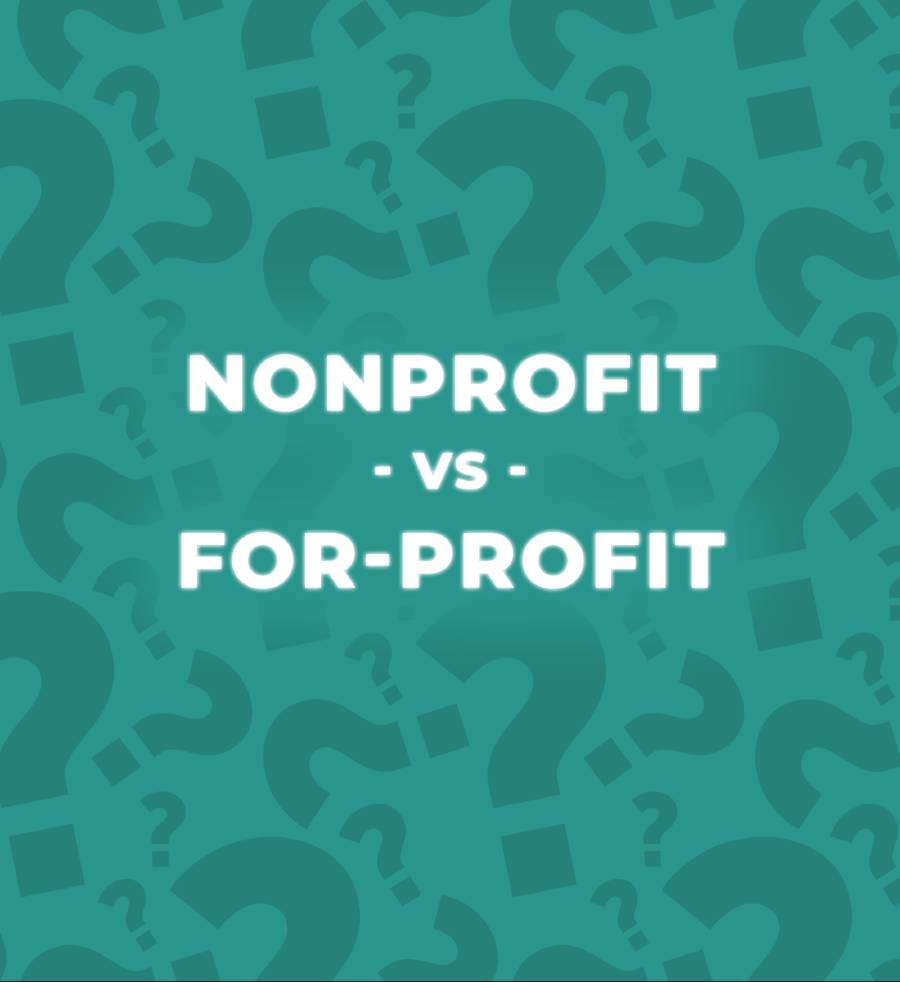
Nonprofit vs. For-Profit Senior Living Communities
In your search to find your ideal senior living community, you’ll need to know the differences between a for-profit and nonprofit senior living community. It’s an often-overlooked distinction that can have notable impact on both the kind of care you’ll receive and your overall lifestyle in retirement. Around 82% of residential care communities are private and for-profit, and about 40% of those belong to a national chain. Yet from nonprofit independent living to long-term skilled nursing, the advantages of nonprofit senior living are abundant. Let’s take a closer look at how a community’s economic structure impacts the lives of its residents.
Who Owns the Community?
For-profit vs. nonprofit organizations, senior living communities included, are defined by the organization’s ownership.
For-profit communities are owned by individuals or private companies whose primary goal is to make money. In this model, communities are typically controlled by a board of directors or a group of investors or stockholders who, because of the money they’ve invested, are key decision-makers in how the community operates. They heavily influence not only the day-to-day operations, but also the levels of care, services and amenities the community offers, which can quickly be cut or decreased to save on overall operation costs. And because for-profit companies have requirements for a return on their investment, they hyperfocus on maximum occupancy.
A nonprofit senior living community is owned by a 501(c)(3) organization, also called a charitable organization. This means they must follow a strict set of federally regulated requirements such as none of the organization’s earnings can benefit any private shareholder or individual. So 501(c)(3) organizations are not beholden to any individual or group of stakeholders, enabling them to take a more localized approach to operating the community. These organizations are also eligible to receive tax-deductible contributions. Nonprofit senior living communities are also mission based, often run by faith-based organizations — meaning decision-making is always based on the community’s values.
Where Do the Profits Go?
As we’ve touched on, for-profit senior living communities have the singular goal of turning a profit. Almost all profits after expenses go directly back to stakeholders who have invested in the community.
In nonprofit senior living, all profits are dedicated to operation costs, meeting the needs of residents and upgrading the nonprofit senior living facility. And due to a nonprofit senior community’s 501(c)(3) status, communities are held accountable by state and/or federal agencies on how profits are allocated.
What’s the Difference in Quality of Care?
On average, nonprofit communities are proven to have a higher quality of overall care in each level of living. This isn’t to say that for-profit senior living communities can’t provide top-quality care, only that gap in care quality is likely based on a given community’s motivations. For-profit communities are financially driven, while nonprofit communities are care driven. For-profit communities earn more money by maximizing the number of residents, which doesn’t automatically lead to neglect, but chances of neglect are higher with a lower staff-to-resident ratio. For-profit communities earn more money with less expenses, so they are more likely to employ the smallest number of staff possible.
Nonprofit communities aren’t restricted like for-profit communities and tend to have larger staff to tend to residents’ individual needs — largely due to the fact that profits are reinvested back into the community, enabling them to hire more staff to provide more comprehensive care. For this same reason, nonprofit senior living communities are able to take a person-centered approach to care, which allows staff to develop a close personal relationship with residents.
A nonprofit structure also enables communities to act on feedback from residents. Nonprofit independent living, assisted living, memory support and long-term skilled nursing communities all have the ability to offer a multitude of life-enhancing amenities, services and programs based on the wants and needs of their residents. Ultimately, the difference between for-profit vs. nonprofit senior living communities is similar to a quantity-driven (maximum number of residents for maximum profitability) vs. quality-driven (improve care for residents) approach.
As a nonprofit 501(c)(3) organization, The Buckingham focuses on the happiness and well-being of our residents. We strive to provide the most modern, comprehensive care in the Houston area. You can learn more about our status as a nonprofit senior living community by contacting us through our website or calling us at 713-979-3090.

